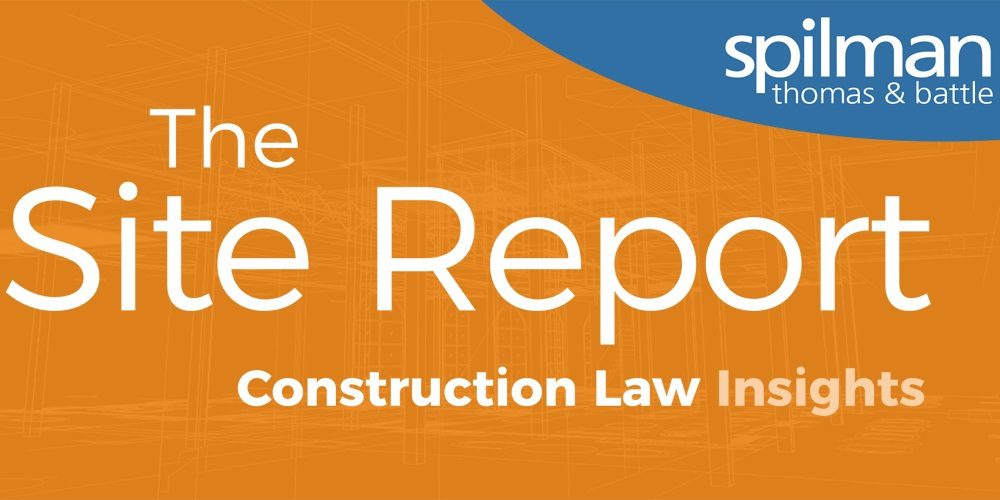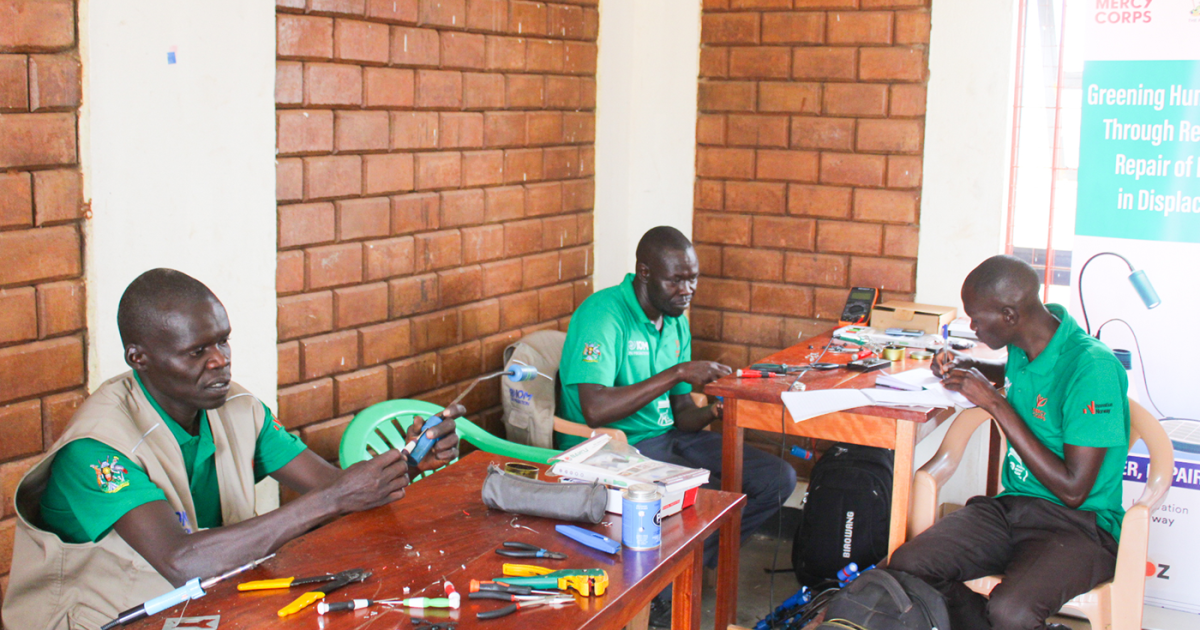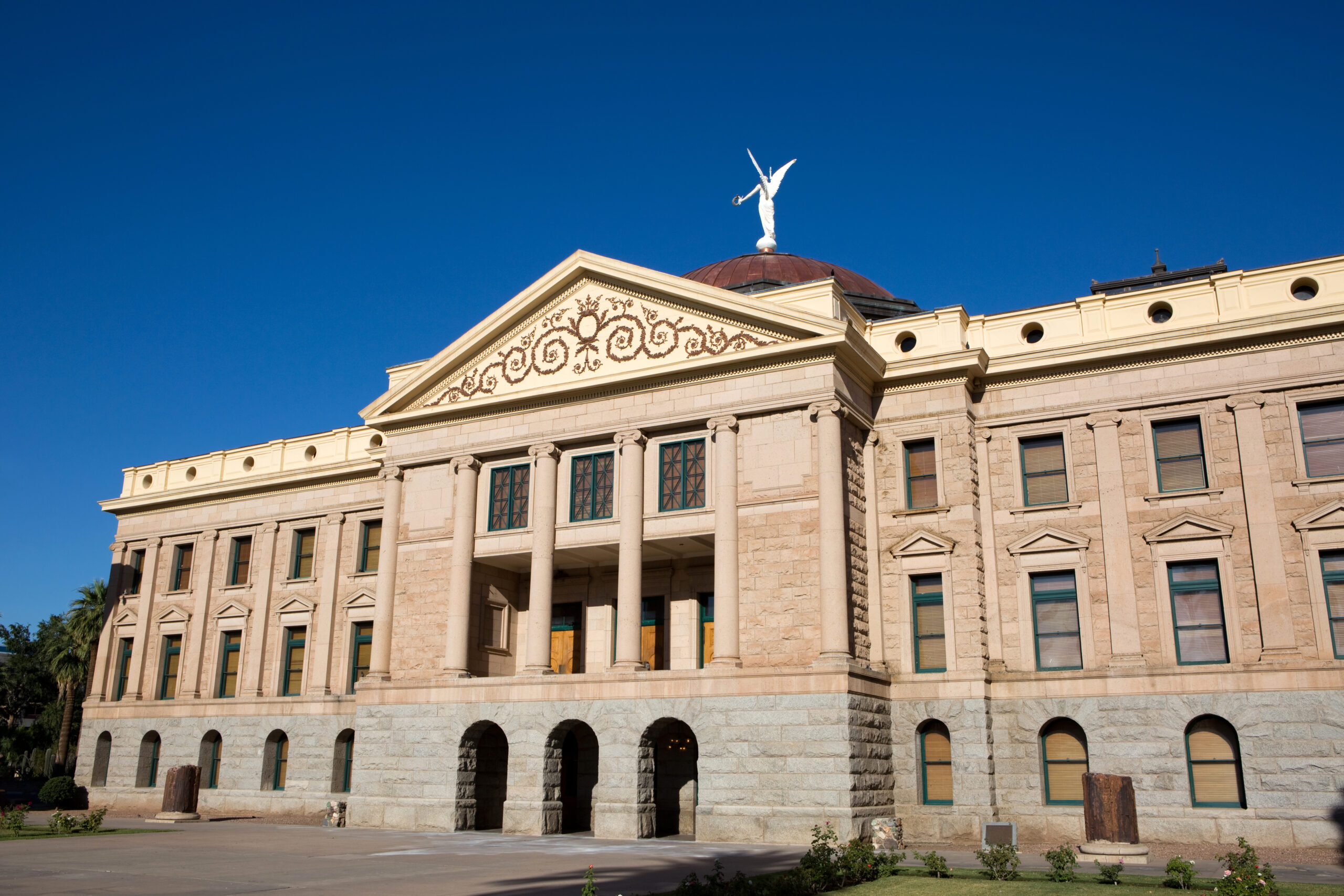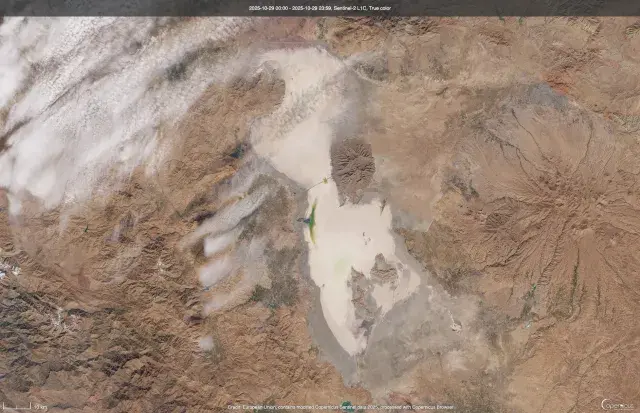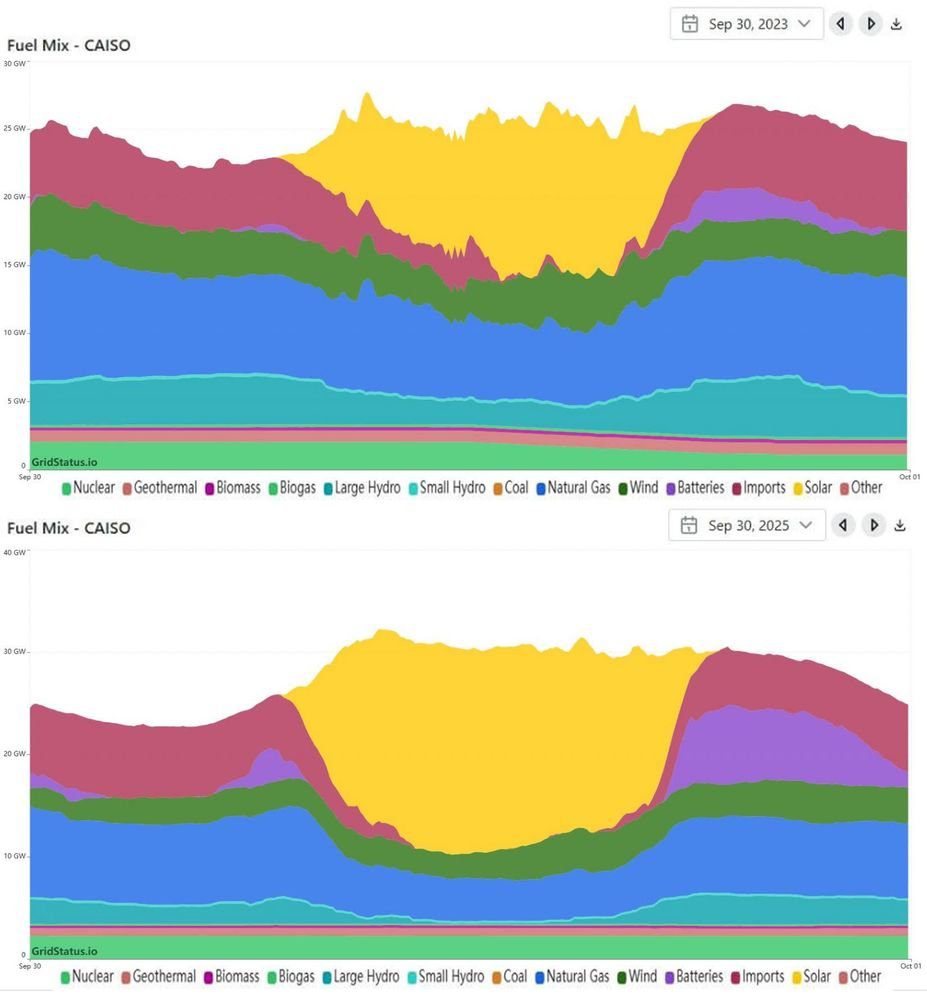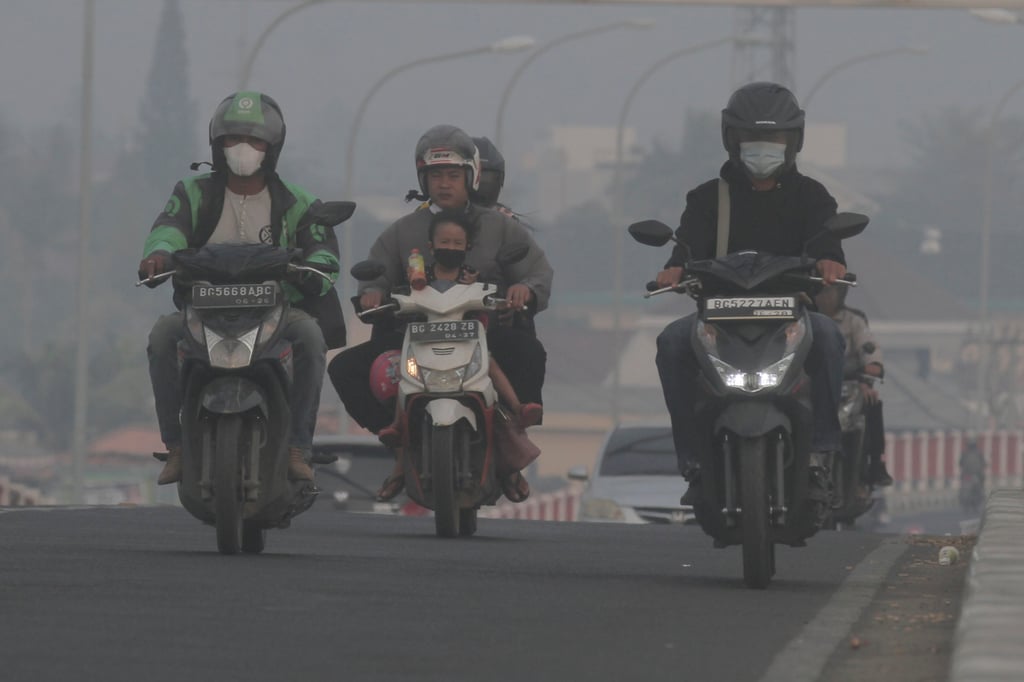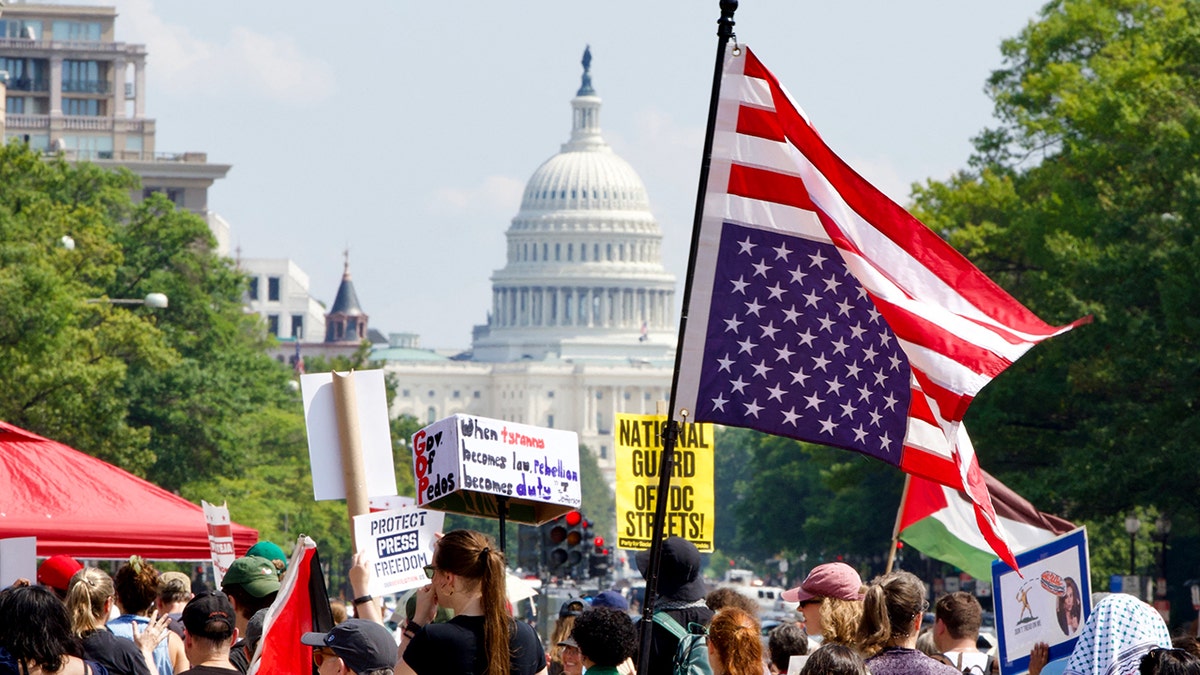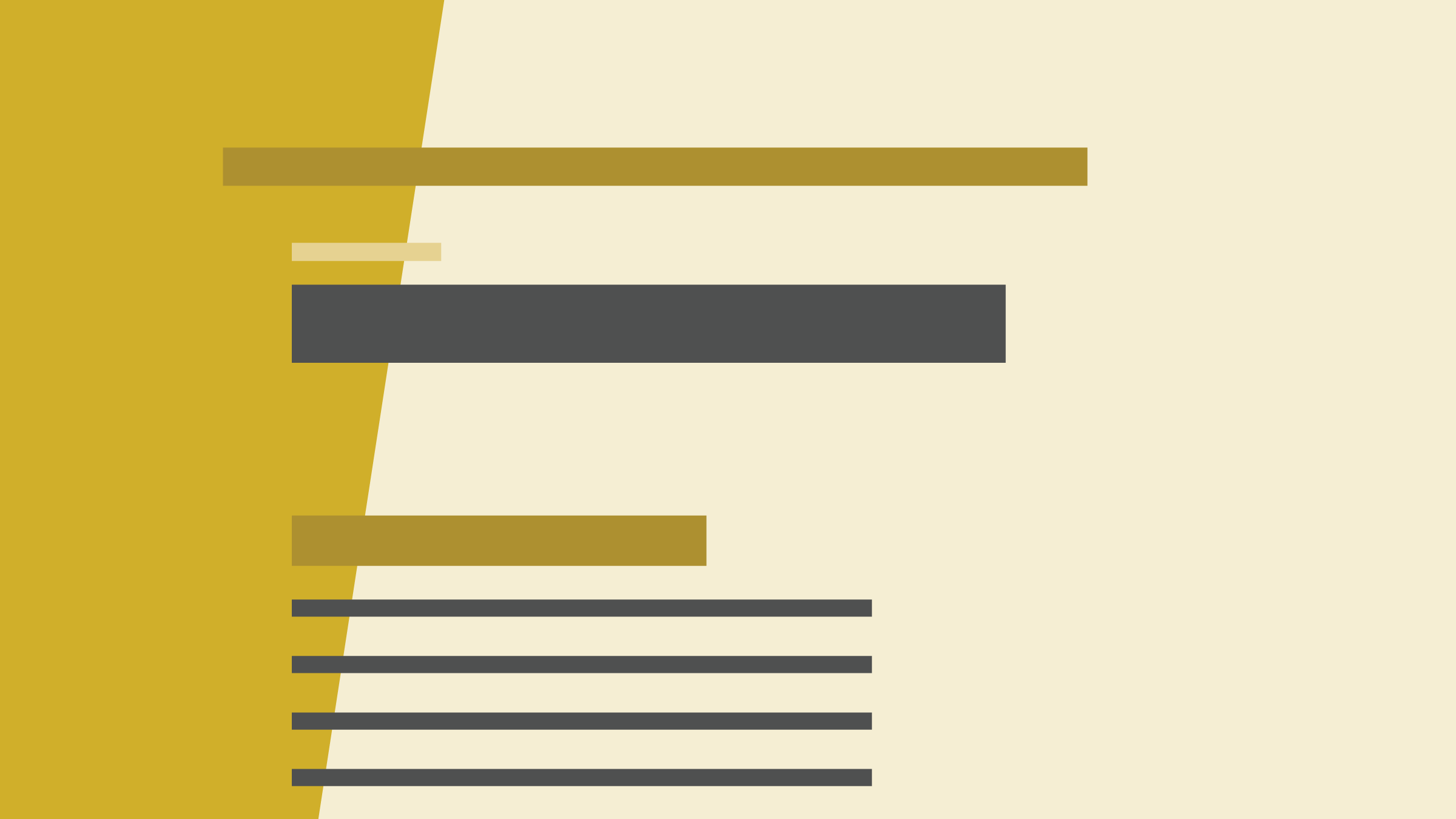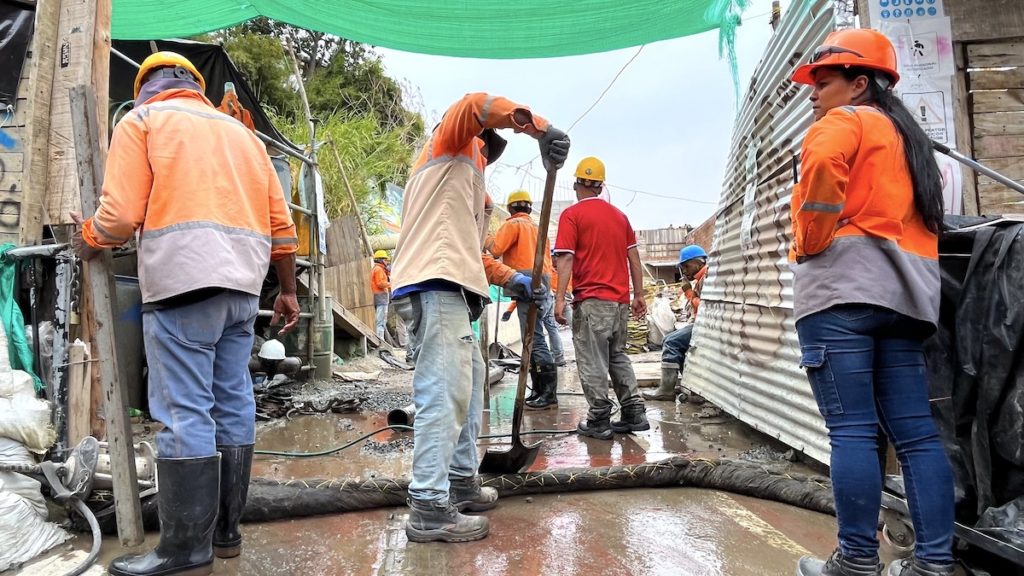$3 a day: A new poverty line has shifted the World Bank’s data on extreme poverty. What changed, and why? – Our World in Data
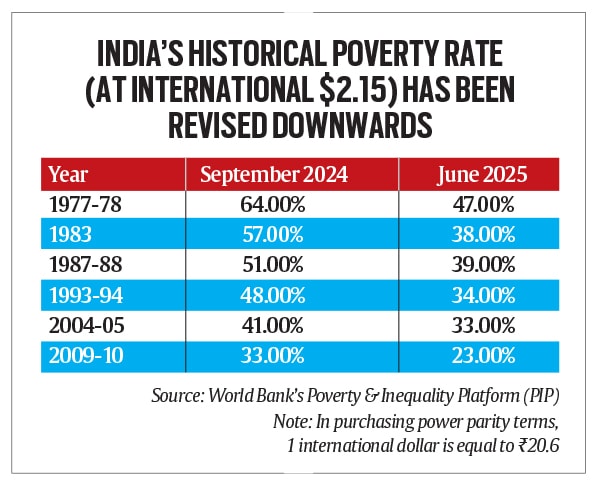
Report on the World Bank’s Revision of the International Poverty Line and its Implications for the Sustainable Development Goals
This report details the June 2025 revision of the International Poverty Line (IPL) by the World Bank, its methodological underpinnings, and its significant impact on the measurement and tracking of Sustainable Development Goal 1 (No Poverty).
Impact on Sustainable Development Goal 1: No Poverty
The primary objective of SDG 1 is to “end poverty in all its forms everywhere.” The revision of the IPL directly affects the global community’s ability to measure progress toward this goal, specifically Target 1.1, which aims to eradicate extreme poverty by 2030.
Redefining the Benchmark for Extreme Poverty
The United Nations relies on the World Bank’s IPL to monitor progress towards ending extreme poverty. In June 2025, the World Bank announced a significant change:
- The IPL was raised from $2.15 per day (in 2017 international dollars) to $3.00 per day (in 2021 international dollars).
- This revision reclassified an additional 125 million people as living in extreme poverty.
- This change establishes a new, higher benchmark for achieving SDG Target 1.1, effectively shifting the goalposts for the 2030 Agenda.
Statistical Reclassification vs. Global Economic Conditions
It is critical to note that the increase in the number of people classified as extremely poor is a result of a methodological update, not a deterioration in global living standards. The updated data indicates that the world has not become poorer. In fact, the revised income data accompanying the new IPL shows that incomes among the world’s poorest populations are higher than previously estimated. The apparent paradox of higher incomes coexisting with higher poverty numbers is explained by the substantial real-terms increase in the poverty threshold itself.
Methodology of the IPL Revision
The estimation of global poverty involves two distinct but related processes: calculating the global income distribution and setting the poverty line. Both were updated in the June 2025 revision.
Estimating the Global Income Distribution
The World Bank’s estimation of global incomes follows a three-step process:
- Data Collection: The process begins with collecting raw data from national household surveys, which measure income or consumption in local currencies.
- Harmonization and Comparability: To enable global comparison, the national data is made comparable. This involves converting local currency data into international dollars using new 2021 Purchasing Power Parity (PPP) rates, which adjust for cost-of-living differences between countries.
- Alignment to a Common Year: Since surveys are conducted in different years, the data for each country is “lined up” to a common reference year using national accounts growth rates to account for income changes over time.
Setting the New International Poverty Line
The IPL is designed to reflect the typical poverty standards in the world’s poorest nations. Its establishment also follows a multi-step methodology:
- Compilation of National Poverty Lines: The World Bank collects a set of official national poverty lines from individual countries and converts them into international dollars for comparability.
- Focus on Low-Income Countries: To set a threshold for extreme poverty, the analysis is anchored to the national poverty lines of countries classified by the World Bank as “low-income.” This reflects the principle that the global standard for extreme poverty should be based on the standards of the poorest countries.
- Determination of the Median: The IPL is set at the median value of the national poverty lines of these low-income countries. For the 2025 update, the median was found to be $3.04, which was rounded to $3.00.
Analysis of the June 2025 Update
The 40% nominal increase in the IPL from $2.15 to $3.00 is attributable to several factors.
Key Drivers of the Revision
- Inflation: A portion of the increase is due to inflation. The shift from 2017 to 2021 international dollars reflects price increases in the benchmark economy (the United States), accounting for an approximate 11% nominal rise.
- Revised Income Data: The new data shows that the world’s poorest are slightly better off in real terms than previously thought. This is due to the inclusion of new household survey data (notably from India) and updated 2021 PPP data, which indicated lower living costs in many low-income countries.
- Real-Terms Increase in the IPL: The most significant factor was a substantial increase in the IPL in real terms. This was primarily driven by several low-income countries raising their own national poverty lines, often in response to improved survey methodologies that recorded higher incomes. As the IPL is the median of these national lines, it rose accordingly.
Broader Implications for the 2030 Agenda for Sustainable Development
The revision of the IPL has broad implications for understanding global progress and setting future development priorities.
Contextualizing Progress Towards SDG 1
While the revision changes the absolute numbers, the long-term trend of a dramatic reduction in extreme poverty over the past generation remains valid. However, the data also confirms a recent stagnation in poverty reduction. The world is not on track to achieve SDG Target 1.1 to eradicate extreme poverty by 2030, a conclusion that was evident before the update and is reinforced by it.
Poverty Beyond the International Poverty Line
The IPL represents a floor for absolute deprivation. Progress on the 2030 Agenda requires looking beyond this single metric. Many individuals living above the $3 line still face conditions that fall short of other SDG targets, lacking access to:
- SDG 2 (Zero Hunger): An affordable, nutritious diet.
- SDG 6 (Clean Water and Sanitation): Safe and accessible drinking water.
- SDG 7 (Affordable and Clean Energy): Clean cooking fuels, preventing indoor air pollution.
The increase in the IPL can be seen as a positive step in raising global ambitions for a minimum acceptable standard of living. However, it also underscores the immense challenge that remains. The fundamental insight from the data is unchanged: hundreds of millions of people remain in dire poverty, and achieving the Sustainable Development Goals will require a renewed and intensified global effort.
Analysis of Sustainable Development Goals in the Article
1. Which SDGs are addressed or connected to the issues highlighted in the article?
The article primarily and explicitly addresses SDG 1: No Poverty.
- Explanation: The entire article is dedicated to the measurement of extreme poverty, which is the central theme of SDG 1. It directly mentions the goal of “ending extreme poverty by 2030,” which is the overarching aim of SDG 1. The text states, “To track progress towards ending extreme poverty by 2030, the United Nations relies on the World Bank to estimate the share of people living below a certain threshold, called the International Poverty Line (IPL).” This sentence establishes a direct link between the article’s content and the monitoring framework for SDG 1.
2. What specific targets under those SDGs can be identified based on the article’s content?
Based on the article’s content, the following specific targets under SDG 1 can be identified:
-
Target 1.1: By 2030, eradicate extreme poverty for all people everywhere, currently measured as people living on less than $1.25 a day.
- Explanation: The article is centered on the revision of the International Poverty Line (IPL), the very tool used to measure this target. It discusses the change from “$2.15 to $3 per day.” The text explains that this line is used to “track progress towards ending extreme poverty by 2030.” The analysis of how the number of people in extreme poverty changes (an increase of 125 million) due to this new threshold is a direct examination of the status of Target 1.1.
-
Target 1.2: By 2030, reduce at least by half the proportion of men, women and children of all ages living in poverty in all its dimensions according to national definitions.
- Explanation: The article explains that the International Poverty Line is not an arbitrary figure but is derived from national poverty lines. It states, “Although it’s an international threshold, it is set to reflect national definitions of poverty typical among low-income countries.” The methodology section, “How the World Bank sets the International Poverty Line,” further details this process, starting with “Collecting a comparable set of national poverty lines.” This shows that the concept and measurement of poverty according to national definitions are integral to the international standard discussed, thus connecting the article’s content to Target 1.2.
3. Are there any indicators mentioned or implied in the article that can be used to measure progress towards the identified targets?
Yes, the article mentions and implies specific indicators used to measure progress.
-
Indicator 1.1.1: Proportion of the population living below the international poverty line, by sex, age, employment status and geographical location (urban/rural).
- Explanation: This indicator is the central subject of the article. The text explicitly discusses the measurement of the “share of the world’s population with incomes falling below the International Poverty Line.” The entire discussion revolves around the monetary value of this line (changing from $2.15 to $3 a day) and how this change affects the calculated proportion of people in poverty. The article mentions that with the new line, “817 million” people are estimated to be in extreme poverty in 2024, which is a direct reference to the data for this indicator.
-
Indicator 1.2.1: Proportion of population living below the national poverty line, by sex and age.
- Explanation: This indicator is implicitly referenced when the article describes the methodology for setting the IPL. The process begins by “collecting a large set of national poverty lines — the lines used by individual countries to estimate official poverty rates among their populations.” The article further notes that “richer countries generally set higher poverty lines” and gives examples, such as the UK’s poverty line being “close to $30 per day.” This discussion of national poverty lines, which are used to calculate the proportion of the population living in poverty at a national level, directly relates to the data required for Indicator 1.2.1.
4. Table of SDGs, Targets, and Indicators
| SDGs | Targets | Indicators |
|---|---|---|
| SDG 1: No Poverty | 1.1 By 2030, eradicate extreme poverty for all people everywhere, currently measured as people living on less than $1.25 a day. | 1.1.1 Proportion of the population living below the international poverty line. The article discusses the change of this line from $2.15 to $3 a day and its impact on the “share of the world’s population” in poverty. |
| SDG 1: No Poverty | 1.2 By 2030, reduce at least by half the proportion of men, women and children of all ages living in poverty in all its dimensions according to national definitions. | 1.2.1 Proportion of population living below the national poverty line. The article explains that the IPL is derived from a collection of “national poverty lines — the lines used by individual countries to estimate official poverty rates.” |
Source: ourworldindata.org

What is Your Reaction?
 Like
0
Like
0
 Dislike
0
Dislike
0
 Love
0
Love
0
 Funny
0
Funny
0
 Angry
0
Angry
0
 Sad
0
Sad
0
 Wow
0
Wow
0


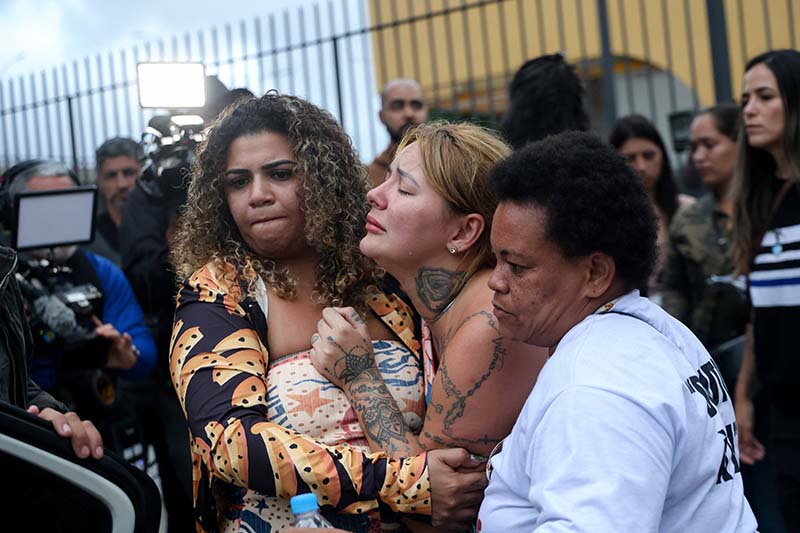









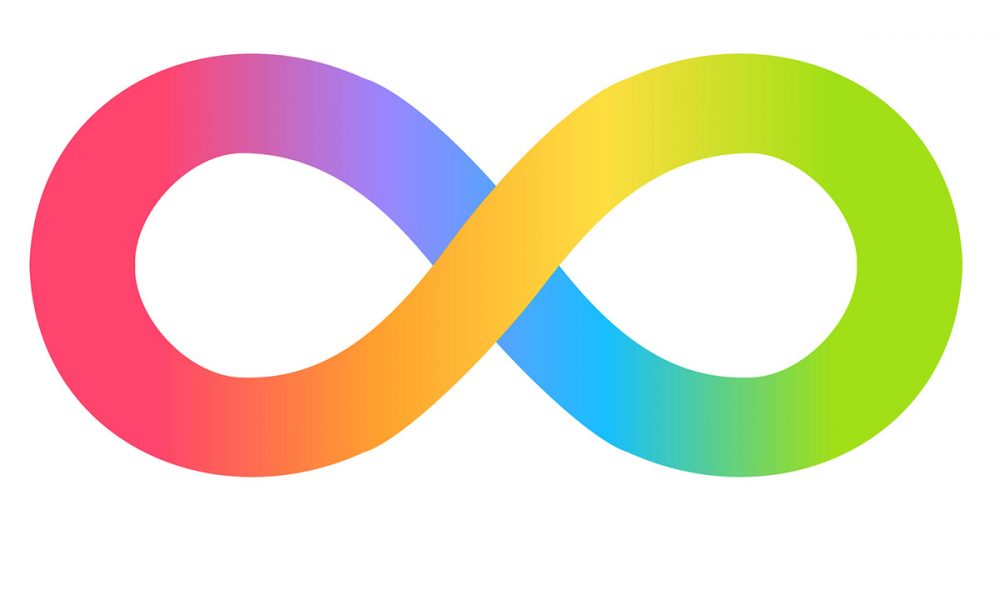


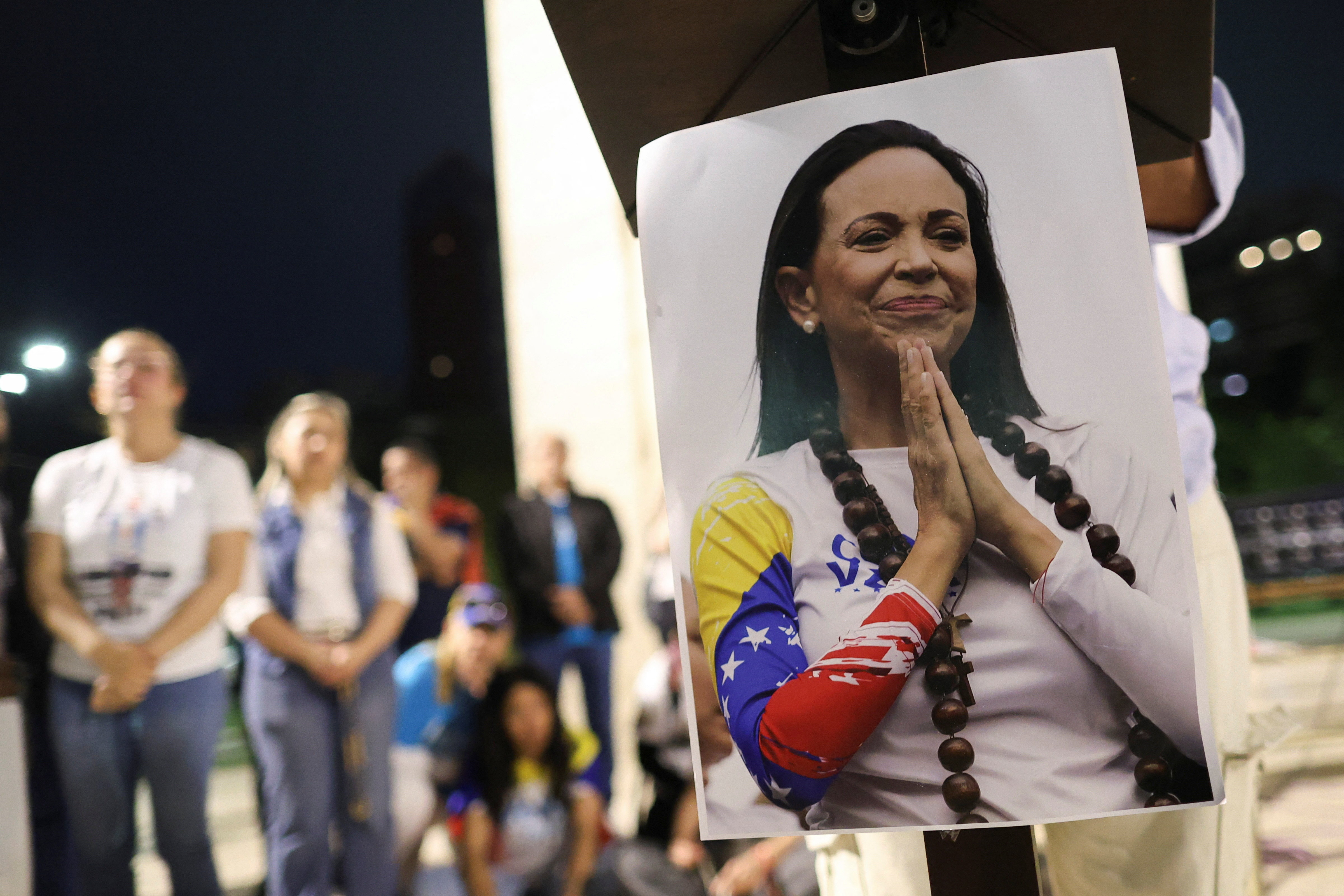;Resize=805#)


